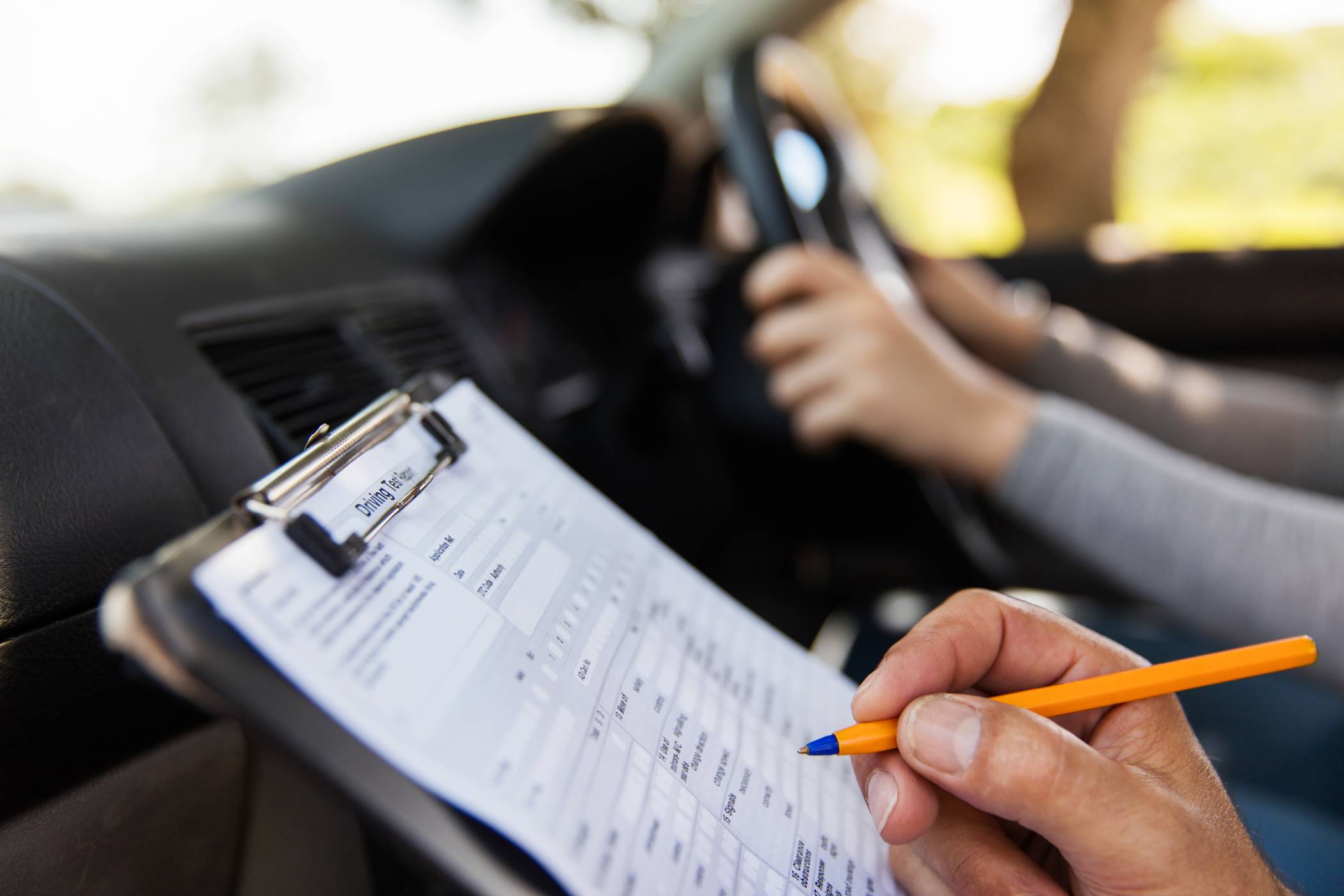
25 Sep Defensive Driving Techniques That Could Save Your Life
Intro:
Defensive driving means staying alert, anticipating hazards, and giving yourself time and space to react. It’s one of the most important skills you can develop — it helps prevent accidents and makes every journey safer. Here’s how to drive defensively from the very start.
Main Sections
1. Keep a Safe Following Distance
Always leave at least a two-second gap to the vehicle in front, and double it in wet weather. More space means more reaction time.
2. Look Far Ahead, Not Just at the Car in Front
Scanning well ahead helps you spot hazards early — like brake lights, junctions, or pedestrians stepping out — so you can plan in advance.
3. Anticipate Other Drivers’ Mistakes
Expect the unexpected: other drivers might pull out without looking or brake suddenly. Assume they could make errors and be ready to respond calmly.
4. Be Seen and Understood
Signal early, position your car clearly, and use lights when needed so others know what you intend to do well in advance.
5. Adjust Speed to Conditions
Match your speed to traffic, weather, and road conditions — not just the legal limit. In poor visibility or on icy roads, drive well below the limit.
6. Avoid Distractions
Stay off your phone and keep your attention on the road. Even brief distractions can cause serious accidents.
7. Watch for Vulnerable Road Users
Look out for cyclists, pedestrians, and motorcyclists — they can be harder to see and more at risk if something goes wrong.
8. Plan an Escape Route
Always have a “plan B.” Think about where you could steer or brake if something unexpected happens in front of you.
9. Stay Calm Under Pressure
Defensive driving is about calm control, not panic. If something startles you, breathe, stay steady, and recover safely.
10. Review and Improve Constantly
After each drive, think about what went well and what you could improve. This builds strong habits and sharpens your awareness.
Conclusion
Defensive driving isn’t about being slow — it’s about being prepared. By staying alert and giving yourself time and space, you can avoid danger and protect yourself and others on the road.


